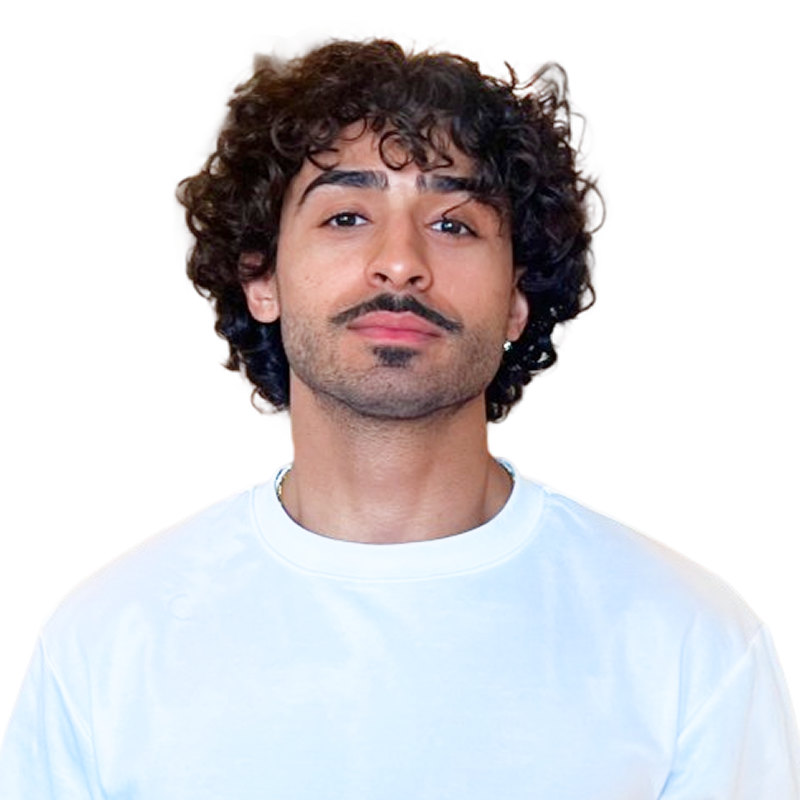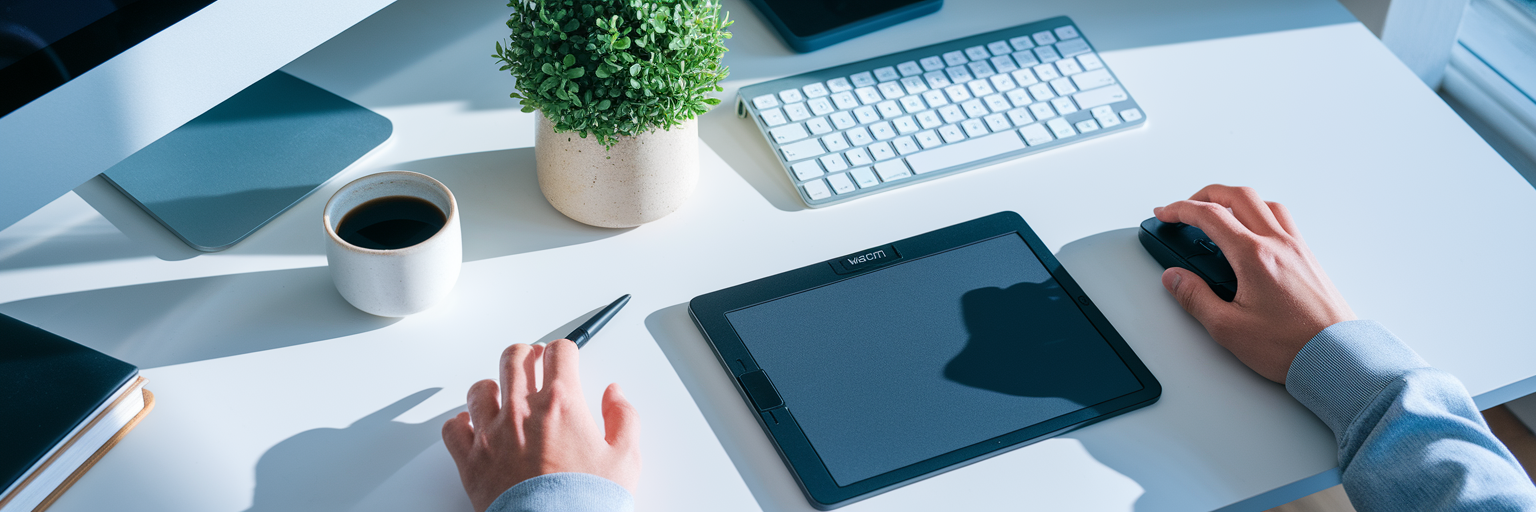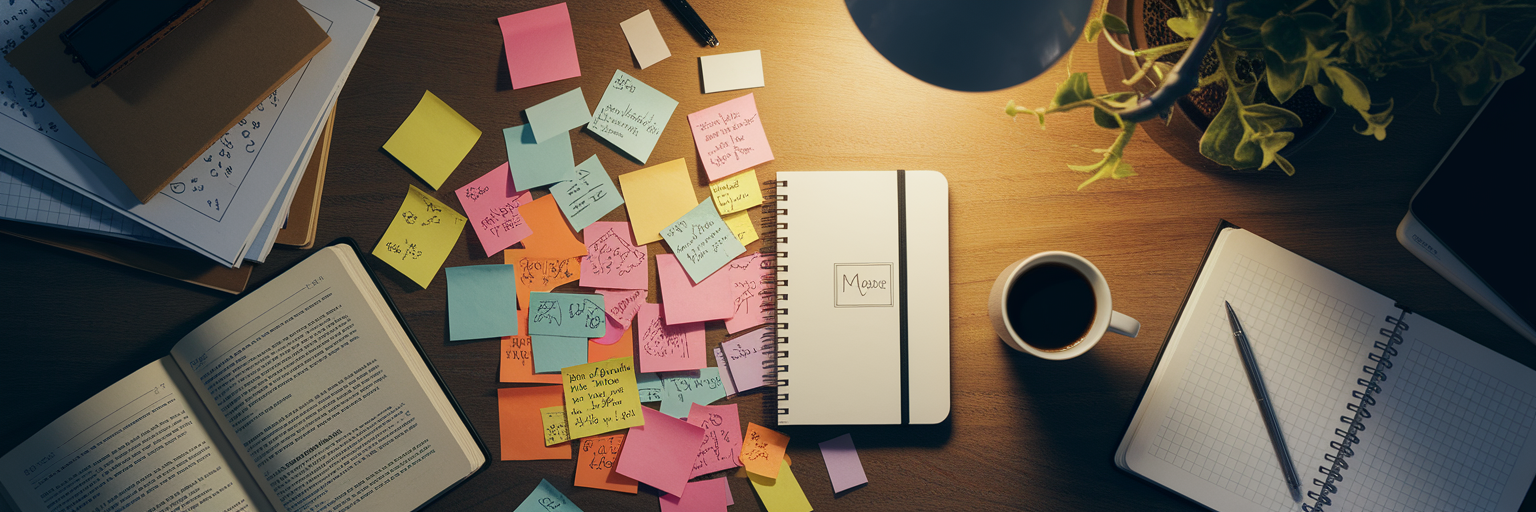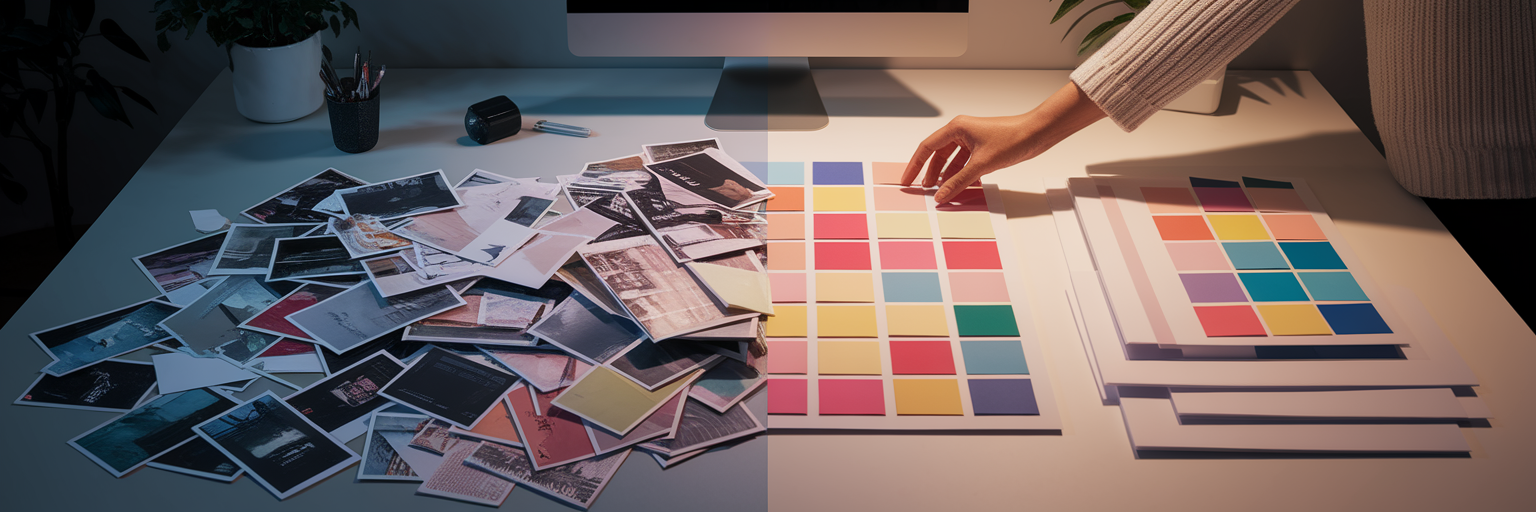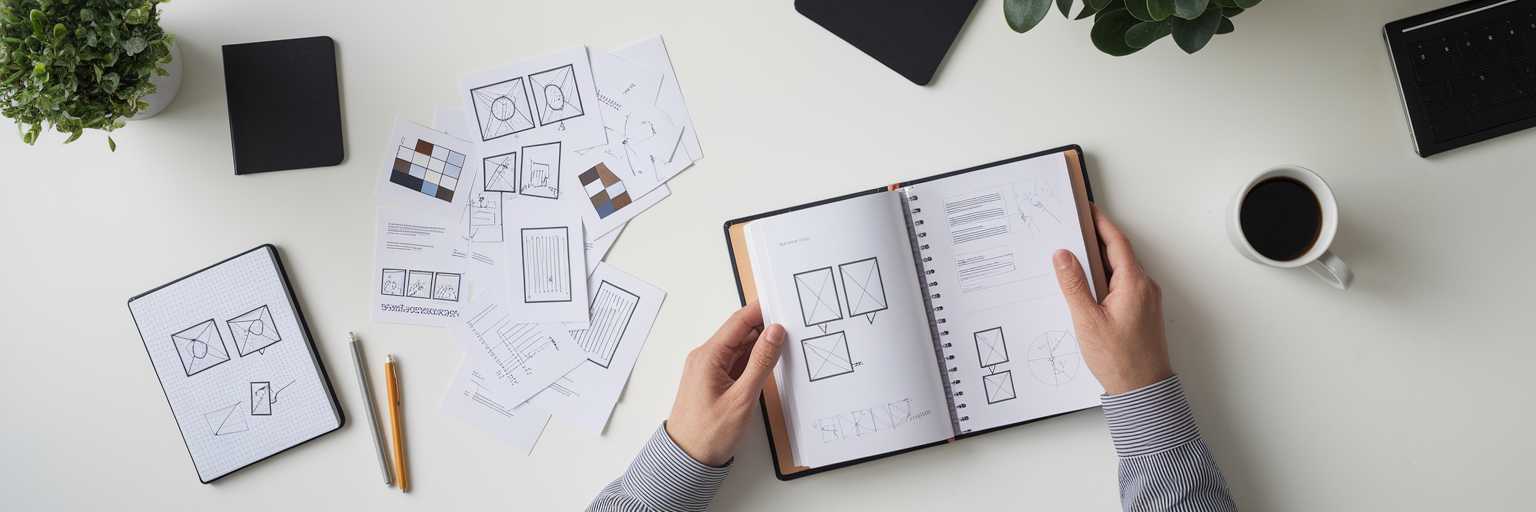We have all been there. The deadline is looming, the canvas is blank, and a single blinking cursor mocks your creative energy. You have 42 browser tabs open and a desktop littered with screenshots, yet not one solid idea has formed. This struggle is one of the most common sources of creative block, but what if the solution was a simple daily habit?
Beyond the Blank Canvas: Why Daily Inspiration Matters
Seeking daily design inspiration is not a passive chore. Think of it as a proactive exercise for building creative muscle. In 2025, this practice is more important than ever, as we see a fascinating dynamic between rapid AI advancements and a renewed desire for human-centric, handcrafted design. Finding your place in this new environment requires a constant stream of fresh ideas.
This is not about mindlessly scrolling through feeds. It is about developing a system to find, organize, and apply inspiration that fuels your work. The goal is to move from creative chaos to consistent, confident output. These are the creative block solutions that work. The following strategies will help you build a sustainable habit that keeps your ideas flowing. Ready to get started?
Build Your Personal Inspiration Library

Let’s talk about that inspiration chaos. You have ideas saved on your desktop, in social media collections, and scattered across various note-taking apps. When it is time to start a project, finding that one perfect reference feels impossible. This disorganization kills productivity and stifles creativity before it can even begin. The antidote is a centralized inspiration library, a single home for every idea you collect.
From Chaos to Centralization
Imagine all your visual references in one searchable, beautiful space. This is the power of using dedicated design inspiration tools. Instead of hunting for a screenshot you took three weeks ago, you can instantly pull up relevant examples. A well-organized library becomes an extension of your brain, making it easy to connect dots and spark new concepts. For a glimpse of what a curated collection looks like, you can explore our own collection of inspiring websites.
The Power of Tags Over Folders
Traditional folders are rigid boxes. You can only put an item in one place, which forces you to make limiting decisions. But creativity is not linear. Tags, on the other hand, are like flexible, overlapping threads that connect ideas in multiple ways. A single website design could be tagged with ‘UI animation,’ ‘bold typography,’ and ‘e-commerce.’ This makes it discoverable from several angles.
Here is a practical way to start:
- Choose 5–7 core tags based on your primary interests or projects.
- Make a habit of saving and tagging at least one new item every day.
- Review your tags monthly to see what patterns emerge and refine your system.
Different view modes, like a grid for quick scans or a moodboard for visual brainstorming, help you analyze your collection from new perspectives. This is where a tool like Bookmarkify truly shines, adapting to your unique creative workflow tips.
| Aspect |
Traditional Folders |
Tag-Based System |
| Flexibility |
Rigid; one item per folder |
Fluid; one item can have multiple tags |
| Discoverability |
Hard to find items without knowing the exact folder |
Searchable by concept, style, or project |
| Context |
Loses connection to other related ideas |
Creates a web of interconnected inspiration |
| Example |
'Logos' folder |
Item tagged with 'logo', 'minimalist', 'fintech' |
This table illustrates the practical workflow differences between a rigid folder structure and a flexible tag-based system. The tag-based approach is better suited for the non-linear way creative ideas are connected and retrieved.
Embrace the AI Co-Pilot and the Artisan's Touch
The conversation around AI in design is impossible to ignore. For 2025, the key is to see the dual trends of AI integration and handcrafted aesthetics not as a conflict, but as a powerful partnership. Think of AI as your creative co-pilot. It can handle brainstorming initial concepts, generating variations, or automating tedious tasks, freeing you up for higher-level strategic thinking.
According to a report from Adobe, this very blend of technology and human creativity is a defining design trend. While AI provides speed and scale, the ‘artisan’s touch’ delivers emotional resonance. You can add this human feel to your digital work by incorporating hand-drawn illustrations, using custom lettering, or applying organic textures. The most valuable designers will be those who can artfully merge both worlds.
The secret to staying creative as a designer is knowing when to use AI for efficiency and when to apply a personal, handcrafted approach to connect with an audience. This week, try using an AI tool to generate a color palette for a project, then spend 30 minutes sketching a key element by hand. Feel the difference in the process and the outcome.
Creative Workflow Tips: Spotting and Applying 2025's Key Visual Trends
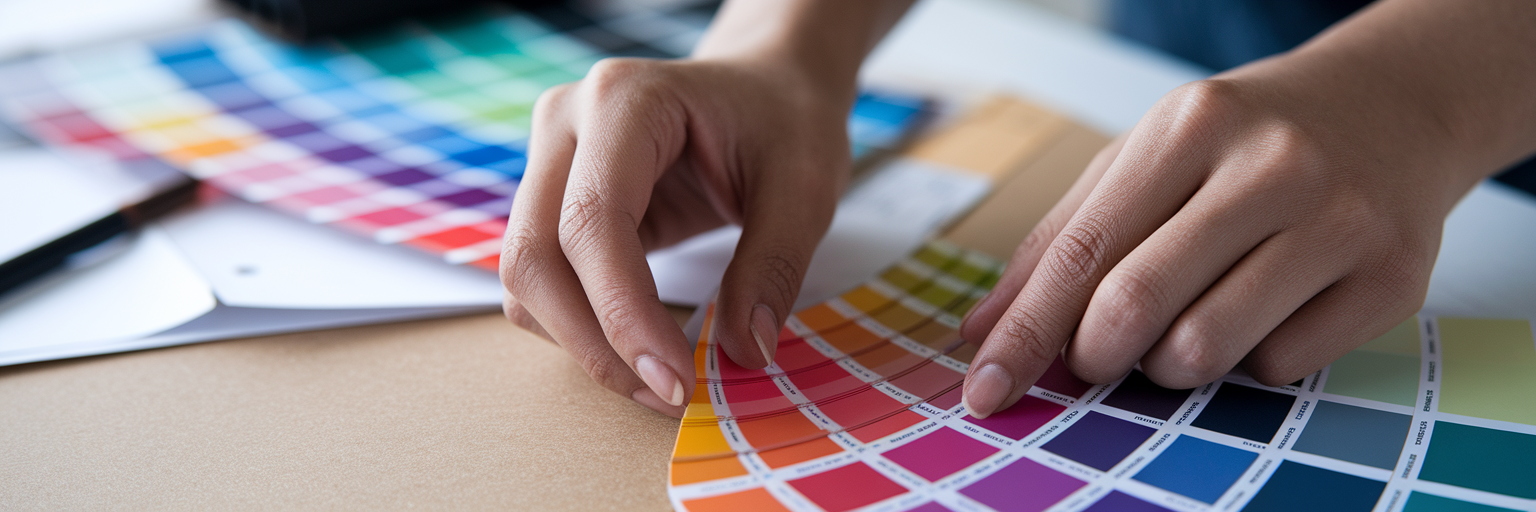
Once your inspiration system is in place, the next step is learning how to find design trends and apply them thoughtfully. The goal is not to copy what is popular but to decode the underlying principles and adapt them to your own style. Dedicating just 15 minutes each morning to browse curated galleries can keep you ahead of the curve. A feed like our Daily Inspiration delivers fresh examples right to you, making this habit effortless.
Here are a few key visual trends to watch for in 2025:
- Bold Minimalism: Stripped-back designs that make a statement with strong typography and impactful, focused color palettes.
- Thoughtful Maximalism: A rich, layered aesthetic that artfully mixes retro and modern elements to tell a complex visual story.
- Unconventional Colors & Textured Grains: A direct reaction against overly clean digital aesthetics. A recent analysis by Piktochart highlights textured grains as a way to add a tangible, human feel that contrasts with flawless AI imagery.
To make this actionable, challenge yourself to a small ‘trend-testing’ project. Try reworking an old design with a bold minimalist approach or adding a textured grain to a recent digital illustration. Active experimentation is what turns passive observation into practical skill.
From Passive Scrolling to Active Creation
Be honest: are you a digital hoarder? It is easy to fall into the trap of collecting endless inspiration but never actually using it. The solution is to shift from passive saving to active analysis. Instead of just bookmarking a website you like, take a moment to break it down. What specifically caught your eye? The typography? The button animations? The color scheme?
This is where a feature like our Design Analyse tool becomes invaluable. With a single click, you can see the fonts, colors, and image assets used on any site you have saved, turning a pretty picture into a learning opportunity. Try creating ‘micro-moodboards’ for specific project needs, like pulling 3–4 examples of effective checkout flows from your library.
Furthermore, collaboration becomes much smoother when your vision is clear. Sharing a curated collection of references with your team or client via a simple link ensures everyone is aligned from the start. To build this habit, try this: the next time you save something, write one sentence about why you saved it and what specific element you might use. This simple action shifts your mindset from collecting to creating.
Cultivate Your Curiosity for the Long Haul
Ultimately, staying inspired is a daily practice, not a one-time fix. It is about building a system that consistently feeds your creativity and curiosity. Remember to look for inspiration beyond your screen. The layout of a magazine, the architecture of a building, or the color palette in a film can all spark your next great idea. A broader perspective always leads to more innovative work.
Your unique creative voice is your greatest asset. An organized workflow simply gives you the space and clarity to let it shine. Ready to turn your creative chaos into an organized, actionable resource? Start building your inspiration library with Bookmarkify today and see your best ideas come to life.
